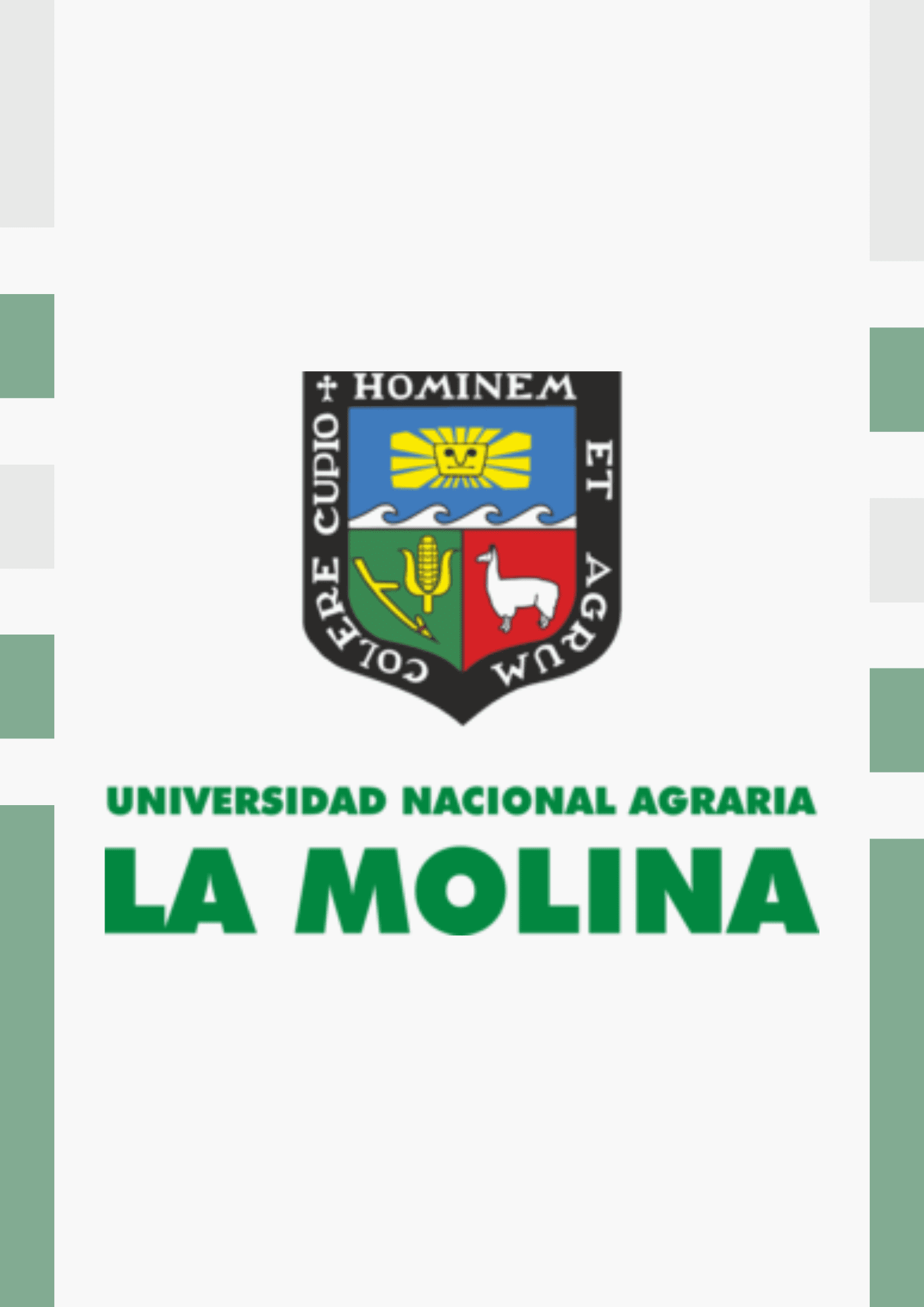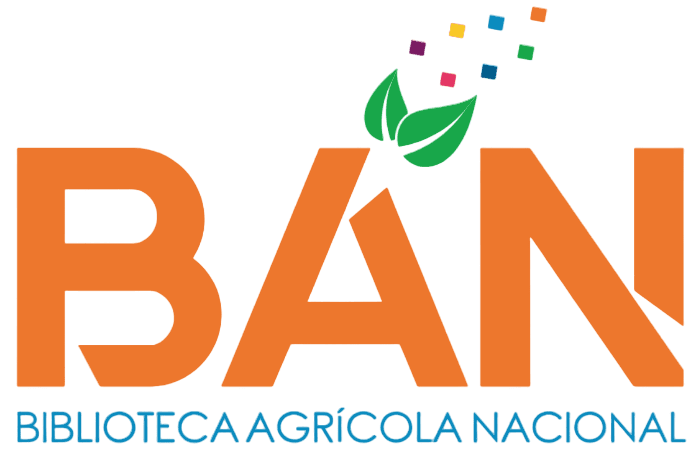Producción, manejo y evolución de los cultivares de uva de mesa apirena (Vitis vinifera L.) en el norte del Perú
| dc.contributor.advisor | Escobedo Álvarez, Jorge Alberto | |
| dc.contributor.author | Chirinos Osorio, Francisco | |
| dc.date.accessioned | 2025-07-17T20:31:17Z | |
| dc.date.available | 2025-07-17T20:31:17Z | |
| dc.date.issued | 2025 | |
| dc.description | Universidad Nacional Agraria La Molina. Facultad de Agronomía. Departamento Académico de Horticultura | |
| dc.description.abstract | El manejo y la producción de la uva de mesa bajo las condiciones del norte del Perú tiene diferencias con respecto al manejo tradicional, debido principalmente a las diferencias en el clima y la forma como las plantas reaccionan fisiológicamente frente a estos estímulos. Manejar la uva de mesa en el norte del país proporciona ventajas frente a otras zonas como la flexibilidad que se tiene para decidir las ventanas de cosecha, la precocidad de las plantas para su entrada en producción (12 -14 meses post plantación) y la posibilidad de realizar dos cosechas dentro del mismo año. Sin embargo, también existen desventajas como mayor cantidad de desórdenes fisiológicos, presión elevada de plagas - enfermedades y mayor uso de mano de obra. La producción de uva de mesa es una actividad rentable, que en los últimos años ha tomado mayor importancia siendo el principal producto fresco exportado por el Perú, y el norte del país tiene un gran impacto en ese sentido. Perú se hizo conocido como un país productor de uva ‘Red Globe’, luego se introdujeron cultivares sin semillas como ‘Flame Seedless’, ‘Thompson Seedless’, ‘Sugraone’ y ‘Crimson Seedless’ entre otras, así se fue dando el primer cambio de cultivares hacia las uvas sin semilla, posteriormente, esto continuó con el cambio hacia cultivares sin semilla patentadas como por ejemplo ‘Sweet Globe TM’, ‘Allison TM’,‘Sweet Celebration TM’, ‘Jack´s Salute TM’. Estos nuevos cultivares siguen contribuyendo al crecimiento de la producción de uva de mesa peruana, de allí que es importante ir conociendo y ajustando los manejos agronómicos para cada cultivar. Ante esta situación se pretende dar a conocer el manejo y ciertas consideraciones para tener en cuenta al desarrollar el cultivo de uva de mesa sin semilla bajo las condiciones del norte del Perú. | |
| dc.description.abstract | The management and production of table grapes under the conditions of northern Peru has differences regarding to traditional management, caused mainly by the differences in weather and the way in which the plants react physiologically to these stimuli. Managing table grapes in the north of the country provides advantages over other areas such as the flexibility to decide the harvest windows, the precocity of the plants for their entry into production (14 months after planting) and the possibility of carrying out two harvests within the same year. But |there are also disadvantages such as a greater number of physiological disorders, high pressure from pests and diseases and higher use of labour. The production of table grapes is a profitable activity, which in recent years has taken on greater importance as the main fresh product exported by Peru, and the north of the country has a great impact in this regard. Peru became known as a grower of ‘Red Globe’ but then seedless cultivars such as ‘Flame Seedless’, ‘Thompson Seedless’, ‘Sugraone’ and ‘Crimson Seedless’ among others were introduced, thus the first change of cultivars towards seedless grapes began to take place. Later, this continued with the change towards patented seedless cultivars such as ‘Sweet Globe TM’, ‘Allison TM’, ‘Sweet Celebration TM’, ‘Jack´s Salute TM’. These new cultivars continue to contribute to the growth of Peruvian table grape production, but it is important to continue to know and adjust the agronomic management for each cultivar. In view of this situation, we intend to make known the management and certain considerations to take account when developing the cultivation of seedless table grapes under the conditions of northern Peru. | |
| dc.format | application/pdf | |
| dc.identifier.uri | https://hdl.handle.net/20.500.12996/7201 | |
| dc.language.iso | spa | |
| dc.publisher | Universidad Nacional Agraria La Molina | |
| dc.publisher.country | PE | |
| dc.rights | info:eu-repo/semantics/openAccess | |
| dc.rights.uri | https://creativecommons.org/licenses/by-nc-nd/4.0/ | |
| dc.subject | Uva de mesa | |
| dc.subject.ocde | https://purl.org/pe-repo/ocde/ford#4.01.05 | |
| dc.title | Producción, manejo y evolución de los cultivares de uva de mesa apirena (Vitis vinifera L.) en el norte del Perú | |
| dc.type | info:eu-repo/semantics/bachelorThesis | |
| dc.type.version | info:eu-repo/semantics/publishedVersion | |
| renati.advisor.dni | 07433453 | |
| renati.advisor.orcid | https://orcid.org/0000-0003-4649-6294 | |
| renati.author.dni | 44266195 | |
| renati.discipline | 811036 | |
| renati.juror | Sánchez Velásquez, Guillermo Antonio | |
| renati.juror | Mendoza Cortez, Juan Waldir | |
| renati.juror | Apaza Tapia, Walter Eduardo | |
| renati.level | https://purl.org/pe-repo/renati/level#tituloProfesional | |
| renati.type | https://purl.org/pe-repo/renati/type#trabajoDeSuficienciaProfesional | |
| thesis.degree.discipline | Agronomía | |
| thesis.degree.grantor | Universidad Nacional Agraria La Molina. Facultad de Agronomía | |
| thesis.degree.name | Ingeniero Agrónomo |
Files
Original bundle
1 - 3 of 3
Loading...
- Name:
- chirinos-osorio-francisco.pdf
- Size:
- 2.42 MB
- Format:
- Adobe Portable Document Format
- Description:
- Texto completo

- Name:
- IO-054-2025-Chirinos.pdf
- Size:
- 3.79 MB
- Format:
- Adobe Portable Document Format
- Description:
- Informe originalidad

- Name:
- BAN-Chirinos.pdf
- Size:
- 220.35 KB
- Format:
- Adobe Portable Document Format
- Description:
- Autorización
License bundle
1 - 1 of 1

- Name:
- license.txt
- Size:
- 1.63 KB
- Format:
- Item-specific license agreed upon to submission
- Description:

